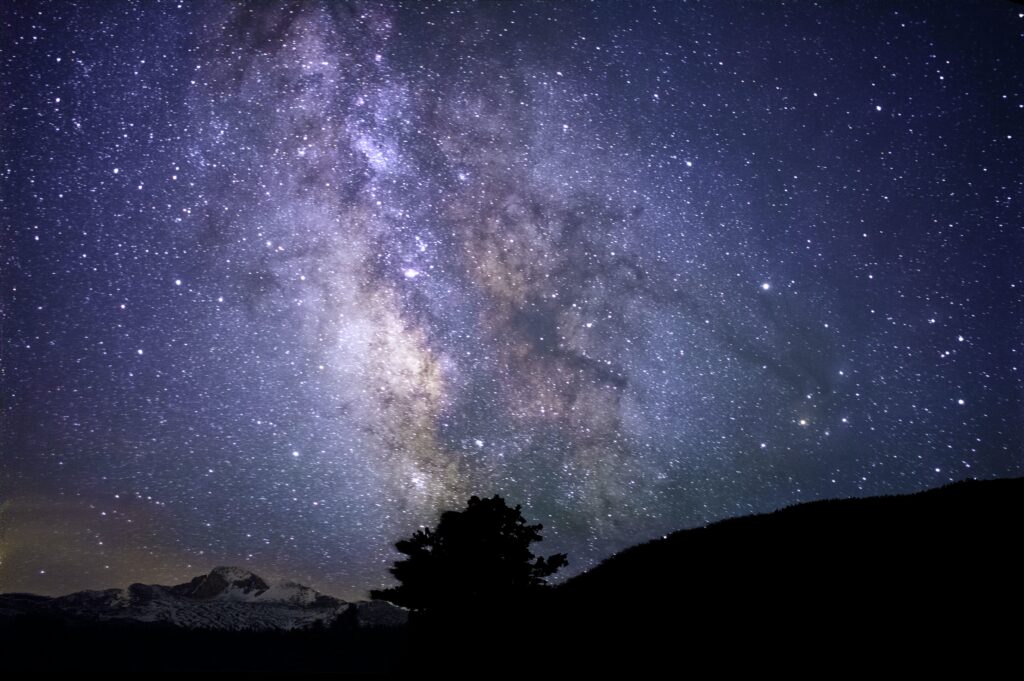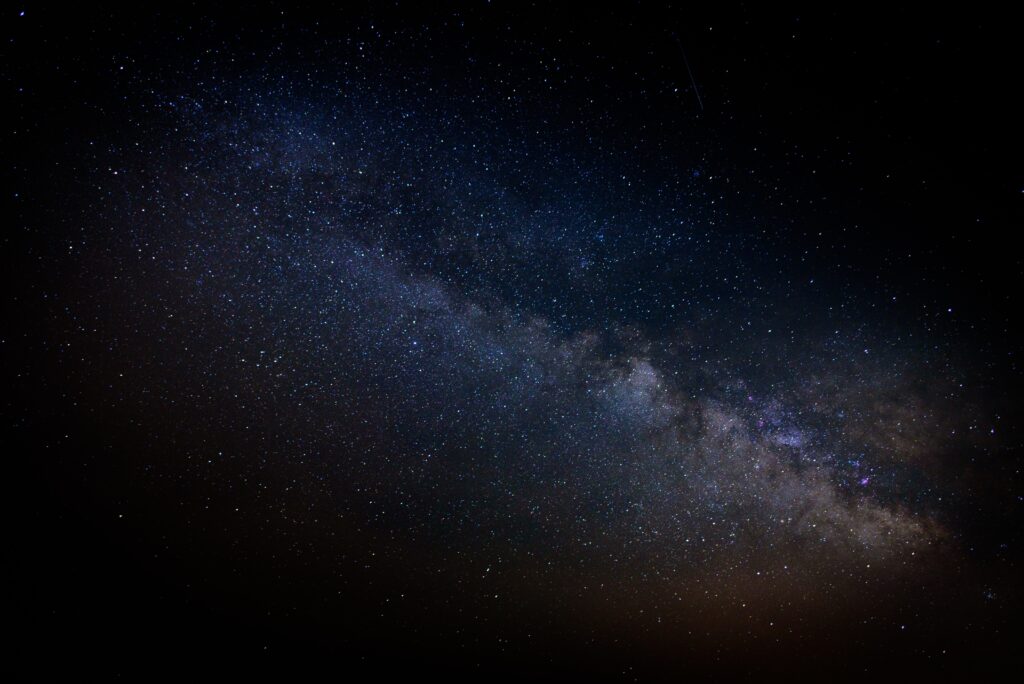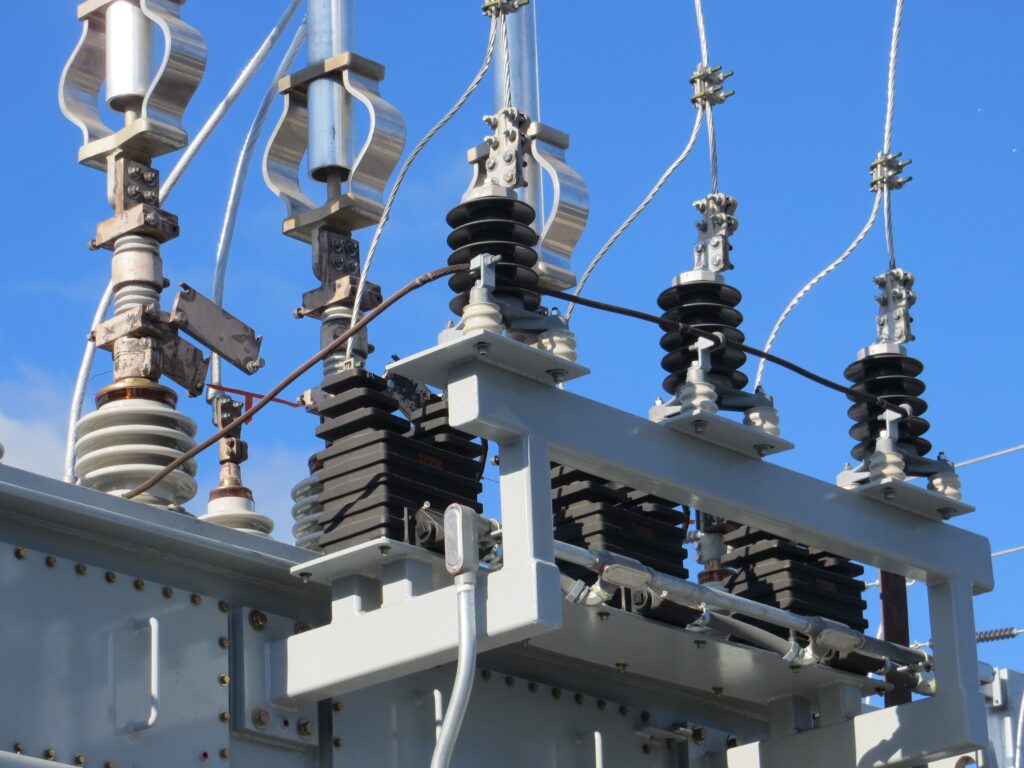Have you ever wondered just how much power the moon holds? Well, it turns out that the answer lies in its radiant glow. In this article, we will uncover the mysterious world of lunar luminosity and uncover the truth behind the question: “How many watts is a full moon?” Prepare to be amazed as we shed light on this celestial phenomenon and delve into the fascinating science behind it. So, fasten your seatbelts and get ready to embark on an illuminating journey through the cosmos.
Understanding Moonlight
Definition of moonlight
Moonlight refers to the natural light that is emitted by the Moon, illuminating the Earth’s nighttime environment. It is a soft and subtle form of light that has captivated humans for centuries. Unlike sunlight, which is more intense and vibrant, moonlight has its own unique charm.
How moonlight is created
Moonlight is created through a process known as lunar illumination. When the Sun’s light reaches the Moon, it reflects off the Moon’s surface and is then reflected back towards the Earth. The Moon acts as a mirror, bouncing the sunlight off its surface and into our night skies. This reflected light is what we perceive as moonlight.
The reflective properties of the moon
The reflectiveness of the Moon’s surface plays a crucial role in the creation of moonlight. The Moon’s surface is covered with layers of dust, rocks, and other materials, which are highly reflective. These reflective properties allow the Moon to efficiently bounce back the sunlight it receives, resulting in the soft glow of moonlight that blankets our nighttime world.
What Is a Watt
Defining a Watt
A watt is a unit of power that measures the rate at which energy is consumed or expended. In simpler terms, it quantifies the amount of energy being used or transmitted in a specific period of time. It is named after James Watt, a Scottish inventor who played a key role in the development of the steam engine and the understanding of power.
Why watts are used to measure energy
Watts are commonly used as a unit of measurement for energy due to their simplicity and applicability across various fields. Whether it is electricity, light, or any other form of energy, watts provide a standardized measurement that allows for easy comparison and understanding. They allow us to quantify the energy output of different sources, including moonlight.
Conversion from lumens to watts
Lumens are a unit of measurement for the total amount of visible light emitted by a source, while watts measure the power or energy consumed by that source. A conversion factor is used to relate the two units. However, it is important to note that this conversion factor may vary depending on the light source and its efficiency. The relationship between lumens and watts is crucial in understanding the energy output of the moonlight.

Measurement of Light from Celestial Bodies
Units of measurement: Lumens, Lux, Foot-candles
Lumens, lux, and foot-candles are commonly used units of measurement when quantifying light from celestial bodies, including moonlight. Lumens measure the total amount of visible light emitted by a source, lux measures the amount of light received per unit area, and foot-candles are a unit of measurement used in the Imperial system to quantify light intensity.
The inverse square law of light
The measured intensity of light decreases as the distance from the source increases. This relationship is known as the inverse square law of light. According to this principle, when the distance from a celestial body, such as the Moon, increases, the apparent brightness of moonlight diminishes. Understanding this law is crucial when studying the measurement of light from astronomical objects.
Challenges in measuring light from astronomical objects
Measuring light from astronomical objects poses several challenges. Firstly, celestial bodies are often at significant distances from Earth, making their light faint by the time it reaches us. Secondly, the presence of Earth’s atmosphere affects the transmission of light, leading to distortions and variations. Overcoming these challenges requires advanced equipment and techniques to accurately measure the light emitted by celestial bodies like the Moon.
The Concept of Apparent Brightness
Definition of apparent brightness
Apparent brightness refers to the perceived brightness of an object as observed from a specific location. It takes into account factors such as the distance between the observer and the object, as well as the object’s intrinsic luminosity. Apparent brightness allows us to compare the brightness of different objects, including the Moon, from our vantage point on Earth.
Influence of distance on apparent brightness
The apparent brightness of an object decreases as the distance between the observer and the object increases. This is due to the inverse square law of light mentioned earlier. A celestial body like the Moon may appear brighter when it is closer to Earth, such as during a perigee (closest approach), and appear dimmer when it is farther away, such as during an apogee (farthest point).
Apparent brightness of the moon from the Earth
The Moon’s apparent brightness from Earth can vary depending on various factors such as its phase, distance, and atmospheric conditions. During a full moon, when the Moon is fully illuminated on its Earth-facing side, it appears brighter and casts a more intense glow on the Earth’s surface. The Moon’s apparent brightness also depends on its position in the sky and the observer’s location on Earth.

Moon’s Luminance and Reflectance
Reflectance of the moon’s surface
The Moon’s surface has a relatively high reflectance, meaning it reflects a significant portion of the sunlight that falls upon it. This is due to the presence of minerals and materials on the Moon’s surface, such as lunar soil and rocks. It is estimated that the average reflectance of the Moon’s surface is around 12%, making it one of the brightest objects in our night sky.
Effect of environmental factors on luminance
Despite the Moon’s high reflectance, environmental factors can impact the perceived luminance of moonlight. These factors include atmospheric conditions, light pollution, and the Moon’s phase. Hazy or cloudy conditions can scatter and absorb some of the reflected moonlight, reducing its apparent luminance. Additionally, light pollution from artificial sources can also affect the perceived brightness of moonlight.
Comparing the moon’s reflectance to other celestial bodies
The Moon’s reflectance falls within the higher range compared to most other celestial bodies. For example, the Earth’s reflectance, known as albedo, is around 30% on average, while some planets like Venus have a much higher reflectance due to their thick cloud cover. The Moon’s relatively high reflectance contributes to its visibility and the amount of moonlight it produces.
Calculating the Moon’s Illumination
Moon phase and illumination
The Moon’s illumination, as observed from Earth, is directly influenced by its phase. The Moon goes through different phases, ranging from a new moon (no visible illumination) to a full moon (fully illuminated). The amount of the Moon’s surface that is illuminated by the Sun determines its phase and subsequent apparent brightness from our perspective on Earth.
Factors affecting the brightness of the moon during different phases
Several factors influence the brightness of the Moon during different phases. One important factor is the angle at which sunlight strikes the Moon’s surface. When the Sun is low on the lunar horizon, such as during a crescent or gibbous phase, the Moon appears brighter due to the grazing angle of sunlight. Additionally, the distance between the Earth and the Moon can also affect its perceived brightness during different phases.
Equations used to estimate the moon’s illumination
Various equations and mathematical models have been developed to estimate the Moon’s illumination accurately. These equations take into account factors such as the Moon’s phase, the angle of sunlight, and the distance between the Earth and the Moon. By using these equations, astronomers and scientists can determine the expected brightness of the Moon at any given phase.

Conversion of Moonlight to Watts
Process of conversion
The conversion of moonlight to watts involves quantifying the energy output of moonlight in terms of power. Because moonlight is a form of reflected sunlight, its energy output is ultimately derived from the Sun. To convert moonlight to watts, various factors such as the Moon’s reflectance, distance from Earth, and the efficiency of light conversion must be considered.
Variables needed for conversion
Converting moonlight to watts requires knowledge of several variables. These include the Moon’s reflectance, which determines the percentage of sunlight reflected back as moonlight, the distance between the Moon and Earth, which affects the apparent brightness, and the efficiency of light conversion, which accounts for losses during the reflection and conversion processes. By considering these variables, an estimate of moonlight in watts can be obtained.
Using photometry to estimate moonlight in watts
Photometry, a branch of physics that deals with the measurement of light, is often employed to estimate moonlight in watts. Photometric techniques involve the use of specialized instruments and calibrated detectors to measure the intensity of light emitted by the Moon. By accurately measuring the intensity and applying the necessary mathematical calculations, the energy output of moonlight in watts can be determined.
Moon’s Energy Output in Watts
Measuring moonlight’s energy output in watts
Measuring the energy output of moonlight in watts is a complex task that involves accurate photometric measurements and sophisticated analysis techniques. By quantifying the intensity of moonlight and considering the conversion factors discussed earlier, scientists can estimate the energy output in terms of watts. However, it is important to note that the energy output of moonlight is relatively small compared to other celestial bodies, such as the Sun.
Factors affecting the energy output measurement
Several factors can affect the measurement of the Moon’s energy output in watts. These include atmospheric conditions, which can scatter and absorb some of the moonlight, the Moon’s distance from Earth, which influences the apparent brightness, and the accuracy of the measurement instruments used. Obtaining precise measurements of the Moon’s energy output requires careful consideration of these factors.
Comparison to other celestial bodies
While the Moon’s energy output in watts may be relatively small compared to other celestial bodies, it still plays a significant role in Earth’s nighttime environment. The Sun, being the primary source of energy in our solar system, far surpasses the Moon in terms of energy output. However, the Moon’s energy output is still influential enough to create the mesmerizing glow of moonlight that we experience.
Effects of Moonlight’s Intensity
Studying the impact on wildlife
Moonlight, with its unique characteristics, has a profound impact on wildlife. Nocturnal animals, such as owls and bats, rely on moonlight to navigate, hunt, and communicate. The intensity of moonlight can affect their behavior, mating patterns, and overall ecological dynamics. Researchers studying the influence of moonlight on wildlife aim to understand these complex relationships and their implications for conservation and ecological management.
Effect of moonlight on humans’ sleep and behavior
Moonlight has long been associated with affecting human sleep patterns and behavior. While scientific studies exploring the direct impact of moonlight on sleep are limited, anecdotal evidence suggests that moonlight can disrupt sleep quality in some individuals. Bright moonlight entering through windows can disturb sleep cycles by affecting melatonin levels, the hormone responsible for regulating sleep. Moonlight also has an enchanting influence on human behavior, inspiring artistic expression and cultural beliefs.
How moonlight intensity affects astronomy and space exploration
Moonlight’s intensity can significantly impact astronomy and space exploration. The brightness of the moon can interfere with astronomical observations, especially during full moon periods when the sky becomes illuminated. Astronomers often schedule observations during specific moon phases to minimize the impact of moonlight on their data collection. Additionally, moonlight can affect the design and operation of space-based telescopes, as well as the visibility of celestial objects during lunar missions.
Debunking Common Myths about Moonlight
Dispelling the ‘moonlight is cold’ myth
Contrary to popular belief, moonlight is not inherently cold. Moonlight, like sunlight, does not possess a specific temperature. The perception of moonlight as cold may arise from the fact that the Moon’s surface has extremely low temperatures due to its lack of atmosphere. However, when moonlight reaches Earth, it retains the ambient temperature of our environment, debunking the myth that moonlight itself is cold.
Correcting misconceptions about moonlight’s intensity
Some misconceptions persist regarding the intensity of moonlight. Moonlight is often perceived as weak or faint compared to sunlight, mainly due to its softer illumination. However, moonlight can be surprisingly bright, especially during a full moon, and can cast noticeable shadows. Understanding the true intensity of moonlight can help dispel these misconceptions and appreciate the beauty and uniqueness it offers.
Understanding lunar illusion effect
The lunar illusion refers to the phenomenon where the Moon appears larger near the horizon compared to when it is higher in the sky. This visual effect often creates the perception that the Moon is closer to Earth during this time. The exact cause of the lunar illusion is still a topic of scientific investigation, with several theories proposed. Understanding this effect helps explain our perception of the Moon’s size and position in the sky.
In conclusion, moonlight holds a special place in our natural environment and human perception. From its creation through the reflective properties of the Moon’s surface to its measurement and energy conversion, moonlight remains a fascinating subject of study. Understanding its impact on wildlife, human behavior, astronomy, and space exploration helps unlock the various dimensions of moonlight’s influence on our world. By dispelling common myths and misconceptions, we can develop a clearer understanding of moonlight’s true nature and appreciate its soft glow that envelops our nights.




